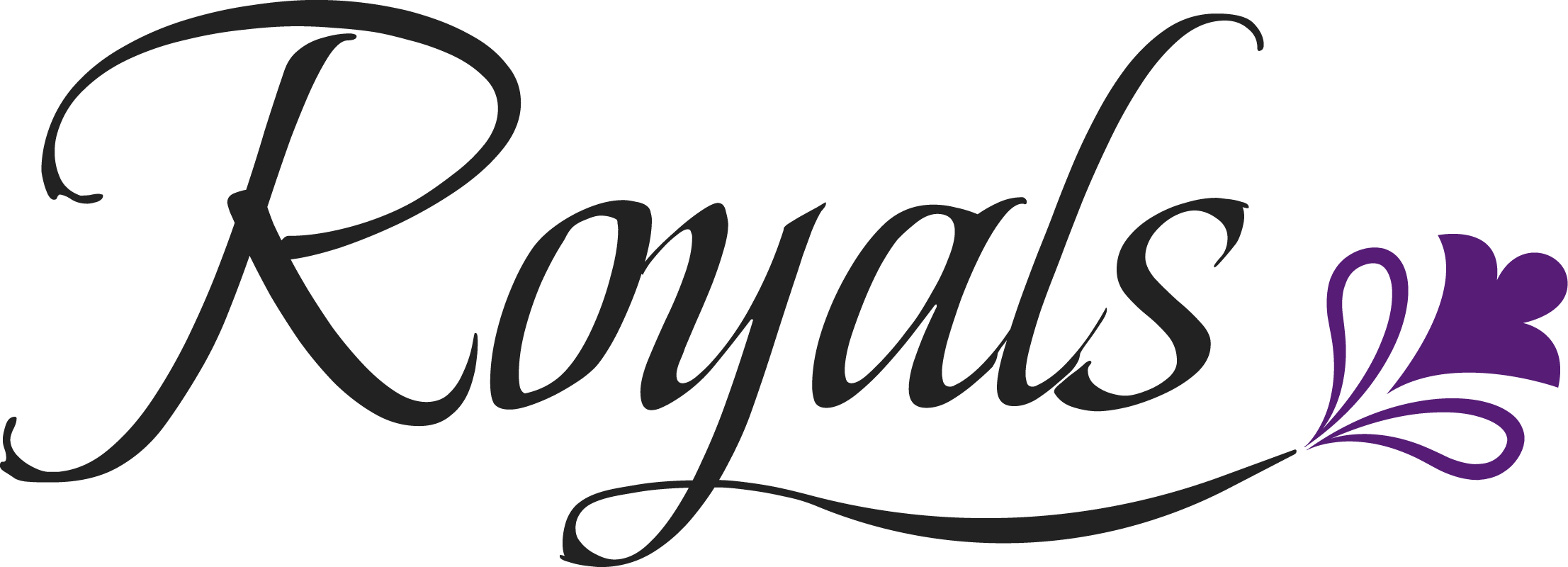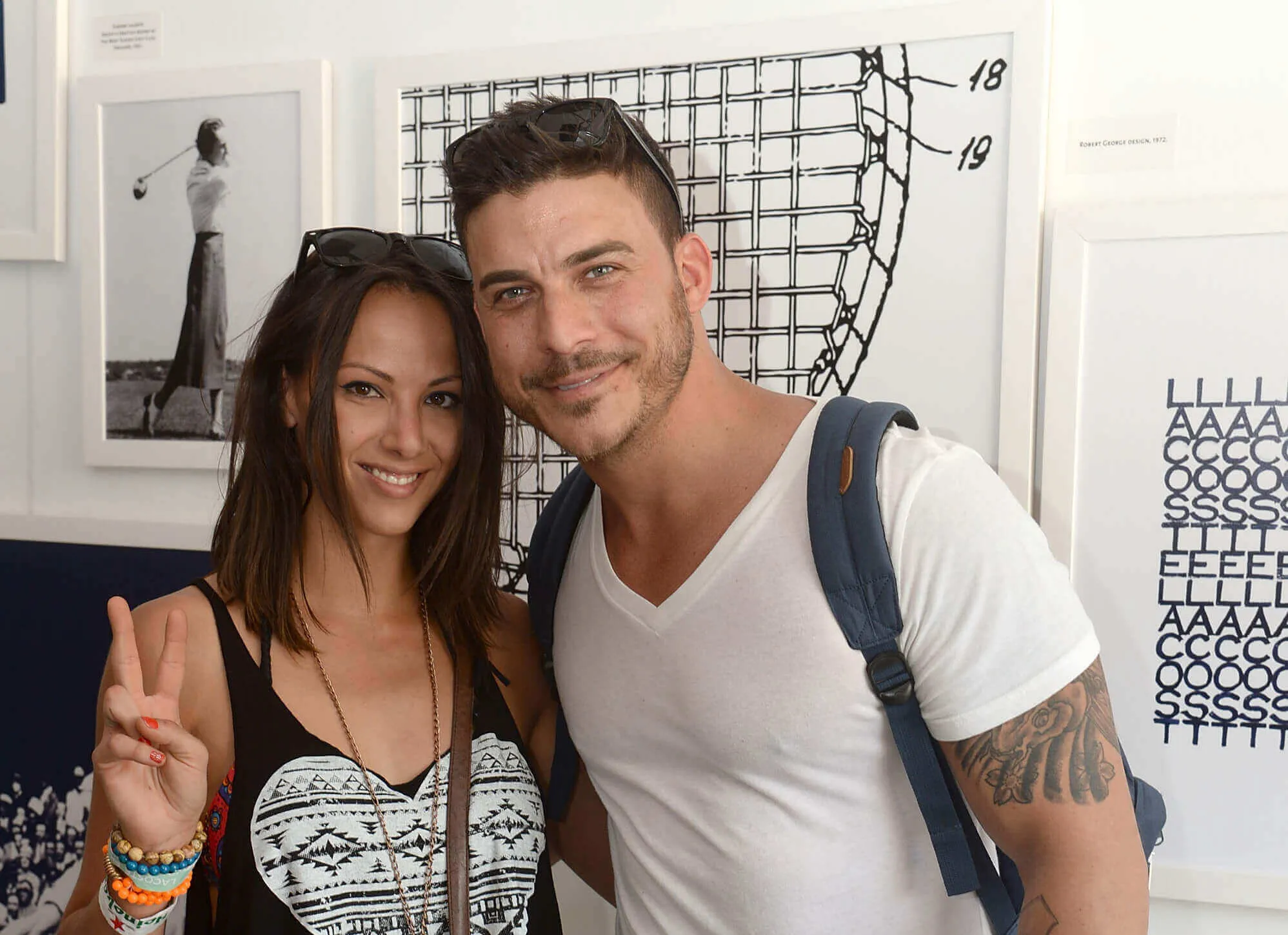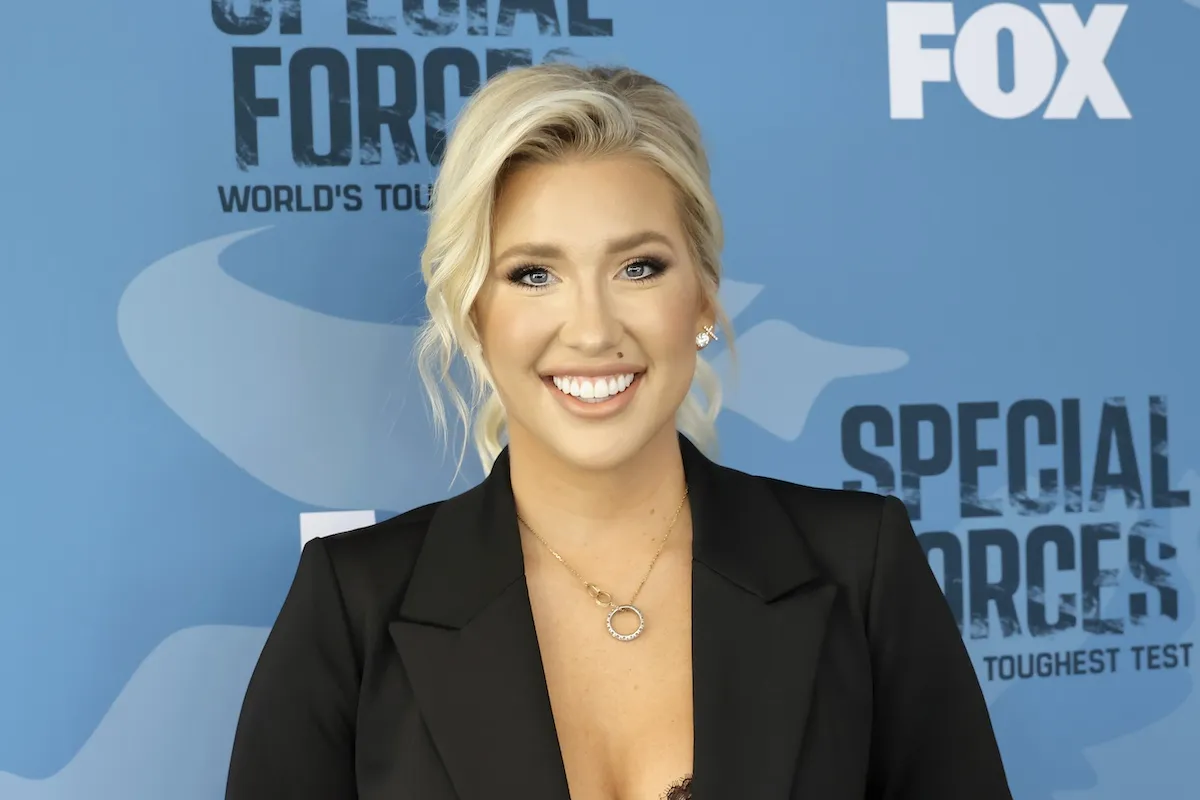Does the Royal Family Have a Last Name?
Does the royal family have a last name? You’ve probably wondered about it when you hear about “Queen Elizabeth II” or “the Duke of Edinburgh” or Prince Harry. And it’s also perplexing that Meghan Markle and Kate Middleton still use their maiden names. (Unless it’s a feminist statement, in which case, we’re 100% on board!) But back to the point: Even though certain last names may indicate that you have royal blood, you never hear about traditional surnames used for members of the British royal family. What gives? Do they have a last name at all?
Read on to get all the answers as to whether the royal family uses last names.
Does the royal family have a last name?
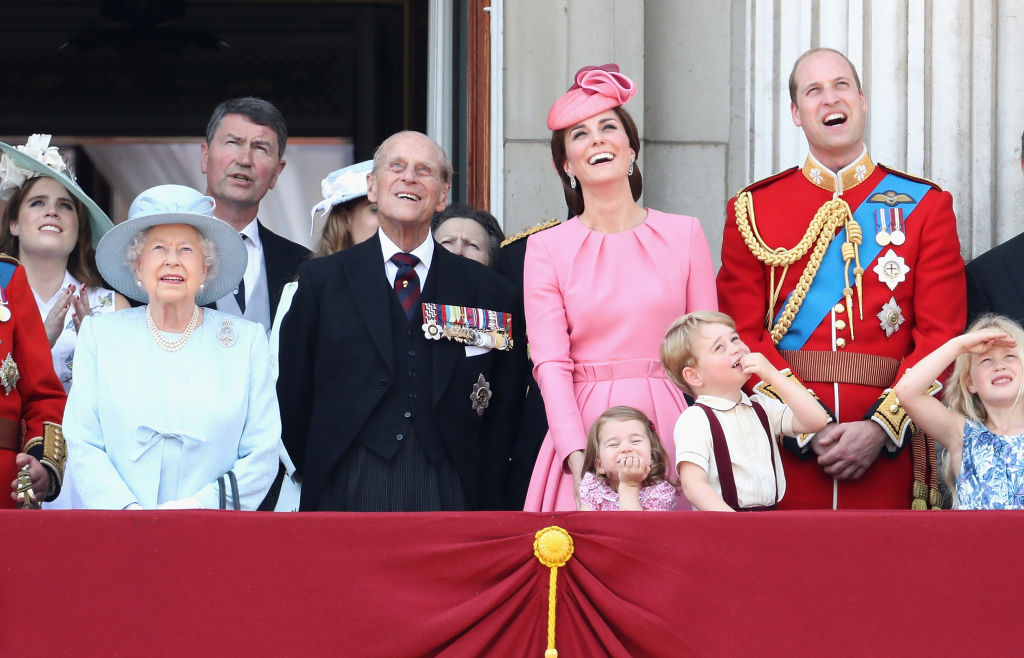
We’ll start with the short answer. The royal family does have a last name: Mountbatten-Windsor. But as Time reports, they don’t usually use it. That’s because they’re so well-known that they don’t need a last name to be recognized. The royal family’s official website explains that “Members of the Royal Family can be known both by the name of the Royal house, and by a surname, which are not always the same. And often, they do not use a surname at all.”
In fact, the royal family didn’t have a last name — also known as a surname — until 1917. Before that year, members of the royal family only had the name of the house or dynasty to which they belonged. The house name still identified them. But it worked a little bit differently than your typical last name.
Where did the royal family’s last name come from?
Queen Elizabeth II, then Princess Elizabeth, had the last name “Windsor” at birth. But where did she get that name? In 1917, her grandfather, King George V decided to switch his house name from Saxe-Coburg-Gotha to Windsor. (He hoped to get ahead of any anti-German sentiments during the first World War.) The same year, he also designated Windsor as the royal family’s official surname. It marked the first time that the royal family officially had a last name.
Before 1917, the royal family just used their first names and then the name of the house or dynasty they belonged to. (E.g., Queen Victoria of the House of Hanover.) Plus, people typically referred to monarchs by the names of the countries they ruled. So kings and queens signed with their first names only. And that tradition continues in the United Kingdom.
Wait, what’s their house name? And what’s their surname?
If you’re confused, don’t worry. The royal family’s naming practices have gotten complicated. The royal family comes from the House of Windsor. And the queen confirmed the royal family name of Windsor after her accession to the throne in 1952. However, in 1960, Queen Elizabeth II and Prince Philip decided that they wanted a name to distinguish their direct descendants from the rest of the royal family. But they didn’t want to change the name of the royal house.
Windsor is the surname used by all of the male and unmarried female descendants of King George V. But the Privy Council declared that all of the queen’s descendants would have the surname of “Mountbatten-Windsor.” But there were some important exceptions. Descendants who have the style of “Royal Highness,” those who get the title “Prince or Princess,” or female descendants who marry don’t use the last name.
Where does ‘Mountbatten’ come from?
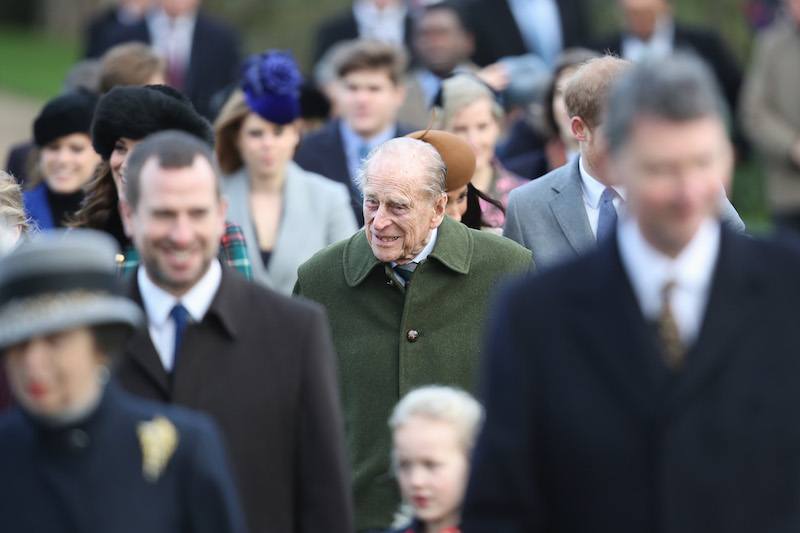
So where does the “Mountbatten” in “Mountbatten-Windsor” come from? Queen Elizabeth II added the hyphenate after her 1952 marriage to Lieutenant Philip Mountbatten, later Prince Philip. The last name for the royal family as a whole officially remains Windsor. But royals descended from Queen Elizabeth II through the male line use the hyphenated surname “Mountbatten-Windsor.”
The Express notes that initially, Elizabeth intended to keep her father’s last name. But Philip complained. “I am nothing but a bloody amoeba,” he protested. “I am the only man in the country not allowed to give his name to his own children.” We can understand why he felt a little defensive. When he married Elizabeth, Philip had to renounce his Greek and Danish titles. He also had to drop his family name of Schleswig-Holstein-Sonderburg-Glücksburg. So he adopted his mother’s surname, Mountbatten.
So which members of the royal family would use a last name?
Time reports that last names typically only get used by members of the royal family who don’t have a title. Newsweek explains that the only remaining royal family members who regularly use “Mountbatten-Windsor” are Prince Edward’s children, Louise and James, the queen’s grandchildren. But royals like Prince Harry and Meghan Markle, for instance, as the Duke and Duchess of Sussex, don’t need to worry about using a last name.
Of course, we can think of some practical reasons to use a last name. They come in handy at school or in the military. In that case, members of the royal family can use a last name derived from their family’s official title. Prince Harry and Prince William went by Harry Wales and William Wales at school and in the military. (Because Charles is the Prince of Wales.) And Prince George, meanwhile, uses the surname “Cambridge” at school. (Because Prince William is the Duke of Cambridge.)
What will change when Prince Charles becomes king?
Queen Elizabeth II won’t be around forever. So you might wonder: Will the royal family’s last name change when Prince Charles becomes king? In theory, no, according to Newsweek. “Unless the Prince of Wales determines to make further changes upon becoming king, he will continue to be the House of Windsor,” the publication notes. “His grandchildren will subsequently go by Mountbatten-Windsor.”
Speaking of grandchildren, any potential children born to Prince Harry and Meghan Markle won’t necessarily get the title of “Prince” or “Princess.” They would likely go by “Lord” or “Lady.” And they would use the last name Mountbatten-Windsor — at least when Queen Elizabeth II is still on the throne. When Prince Charles succeeds to the throne, that will make them the grandchildren of the monarch on the male side. So they could get an HRH if Harry or Meghan wanted them to receive the title. Of course, the queen could also make an exception for Harry’s children, as she did with William’s, who all already go by “Prince” or “Princess.”
Read more: Amazing Things You Didn’t Know About Buckingham Palace
Check out The Cheat Sheet on Facebook!
